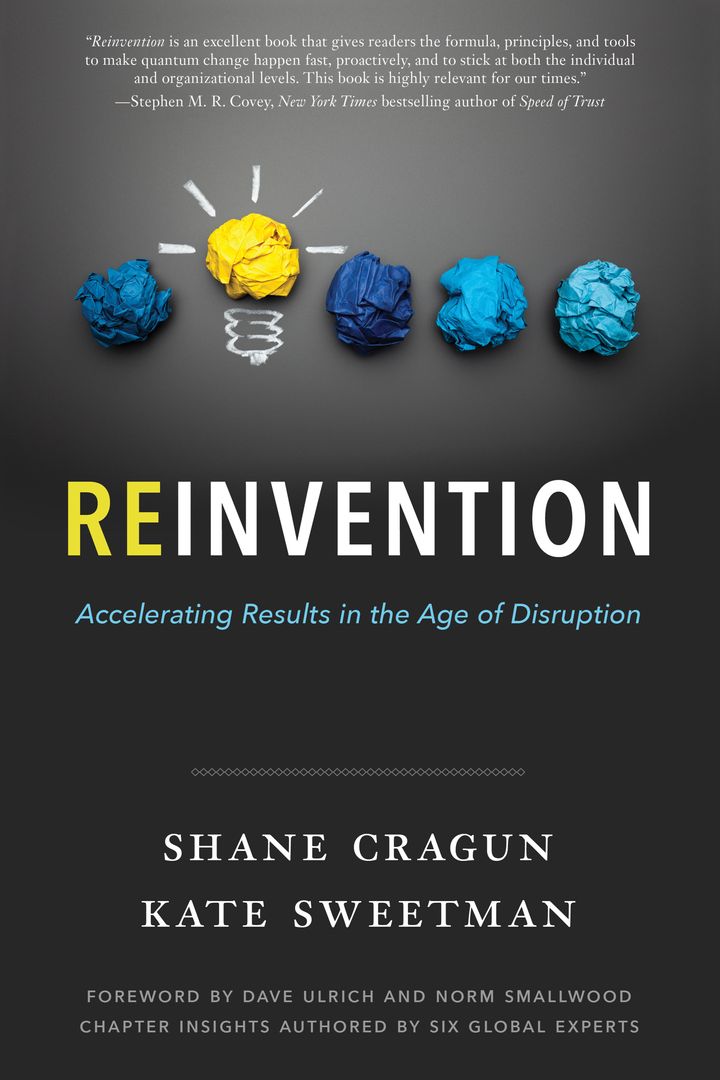
There is a powerful new law firmly in place in today’s turbulent and global business environment called the Law of the 21st Century Business Jungle. This law states a profound truth to all those wise enough to listen: Quickly Adapt or Perish!
The landscape is littered with organizations currently challenging this law, or who challenged this law in the past: RadioShack, Sears, Blockbuster Video, Bethlehem Steel, Kmart, Blackberry, Atari, Tidal, and Polaroid. Some are on the way to the emergency room, others are on life support, and an unfortunate few are RIP. In all cases, they’ve been shrink-wrapped in irrelevance for some time.
How is it possible to find organizations that still fail to adapt to the times? Didn’t the notion of change and adaptability sink in when the Japanese Big Three (Toyota, Datsun, and Honda) first launched global competition on U.S. turf in the early 1980’s and starting taking market share from Detroit in huge swaths?
We suggest an organizations inability to change is in large part due to organizational vision loss. With regard to the human eye, vision loss is the decreased ability to see to the point that things become distorted. Total blindness is the inability to see at all.
It seems organizations, and the leaders that lead them, become blind over time to the powerful external business realities that shape their world. They become insular and disadvantaged with the vision distortion that unfortunately follows this. And, they often forget who ultimately pays the bills.
We’ve identified six metaphorical blindfolds that leaders and organizations often wear that create degrees of vision loss. These blindfolds are agnostic in nature, in that they are relevant to every geography, culture, and industry around the globe.
The Six Deadly Blindfolds
- Arrogance: An overbearing display of superiority, self-importance, and false pride.
- Negative Feedback Not Acknowledge Here: The inability to hear anything negative about a project, the company, or yourself. The inability to confront the brutal facts because it might get in the way of your agenda, deadlines, and reputation.
- Dismissing Competitors Successes: Refusing to accept a competitor’s success as valid and downplaying a competitor’s strategy and product innovations. Usually because of your own past successes.
- We Know What’s Best for the Customer: An inability to have empathy for customer frustrations and needs, and a lack of inquisitiveness to find out ways to better align to customers current and future desires.
- Believing Problems Don’t Exist: Being either completely blind to organizational and individual problems or dismissing them to protect oneself and the company.
- Avoiding the Unavoidable: Seeing the writing on the wall, but assuming it will go away in miraculous ways, and life and business will eventually return to normal with no change required on our part.
The term Blindfold seems appropriate because these six blindfolds are, in reality, self-imposed. They are put on quietly over time.
As a leader, how are you doing in ensuring these six blindfolds are never put on you or your team? And how do you do that?
Below is an exercise leaders can review with their teams at least once a quarter in a formal setting. The answers can lead to robust and healthy discussions that prevent bad things from happening to the business, and can identify money being left on the table because of unhealthy cultural practices.
Six Deadly Blindfold Team Exercise
- To what degree have we as a leadership team directly or indirectly encouraged a culture of “arrogance?”
- To what degree have we as a leadership team directly or indirectly encouraged of “negative feedback not acknowledged here?”
- To what degree have we as a leadership team directly or indirectly encouraged a culture of “dismissing competitors successes?”
- To what degree have we as a leadership team directly or indirectly encouraged a culture of “we know what’s best for the customer?”
- To what degree have we as a leadership team directly or indirectly encouraged a culture of “believing problems don’t exist?”
- To what degree have we as a leadership team directly or indirectly encouraged a culture of “avoiding the unavoidable?”
In the end, the ability to quickly pivot, morph, and reinvent when disruption presents itself might become the most important competency leaders and organizations can master in the 21 century.
And, remember this. In the Age of Disruption, the ability to survive, thrive, and actually accelerate results – both individually and organizationally – is directly tied to your ability to outpace the change in your external environment. Internal change and learning must always exceed external speed and change if success is to be within reach.
Leadership and organizational vision distortion, or vision loss, is unquestionably a speedy way to slide into irrelevance and ultimately fail. You and your team can better maintain 20-20 leadership vision by engaging in honest discussions around the Six Deadly Blindfolds throughout the year.
